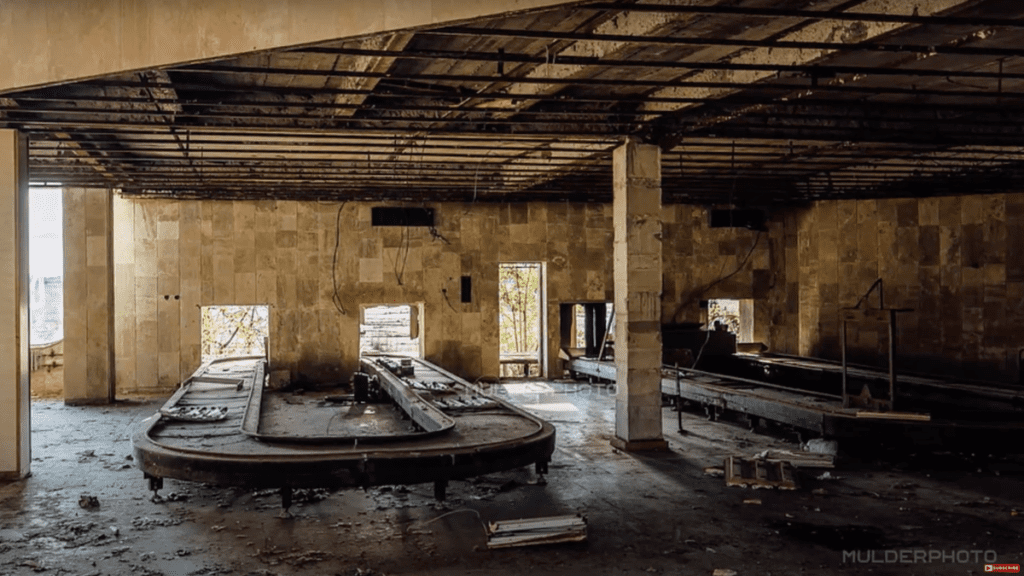World's Abandoned Airports Offer An Eerie Journey Through Bad Decisions And Worse Wars

A tiny airstrip on an atoll over 700 miles away from Hawaii doesn’t seem like it belongs with the city-wide international airports we’ve discussed so far, but the Johnston Atoll Airport was home to some fascinating U.S. history.
The atoll is part of the United States Minor Outlying Islands. The island, for years, was used as a source of fertilizer, as all it had going for it was bird poo. Indeed it served as a bird refuge for many decades until the U.S. Navy got its hands on it in 1934. In 1941, a naval defense area was set up on the island, as well as an airspace. It didn’t see much action, but rather served as a jumping off point and resupply station for fighters in the Pacific. In 1948 the island came under the control of the U.S. Air Force. By 1958, the atoll was hosting nukes — lots of nukes. This would become a problem in 1962, when four out of nine missiles tests failed, spreading radioactive debris across the tiny atoll. One launch, Blue Gill 5, detonated on the launch pad, leaving the Air Force to clean up plutonium-laced materials in the 1990s.
It was also the site of Operation 437, a late ’60s attempt at an anti-satellite missile system using nukes to set electromagnetic pulses off in the high atmosphere. Spy planes flew in and out of Johnston, and then, as a cherry on top, the island was used to test the Navy’s readiness against chemical and biological weapons. Over half of the U.S.’ chemical weapons were stored on Johnston at one time, including the deadly Agent Orange, which continues to affect so many lives both in the U.S. and in Vietnam.
Eventually it would become the site of the U.S.’s first chemical weapons disposal facility, after barrels of Agent Orange leaked, poisoning the man-made lagoon. The airfield has now been decommissioned and most of the buildings destroyed. Johnston Atoll is once again home to the birds, and they aren’t spilling military secrets.



